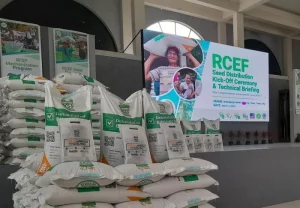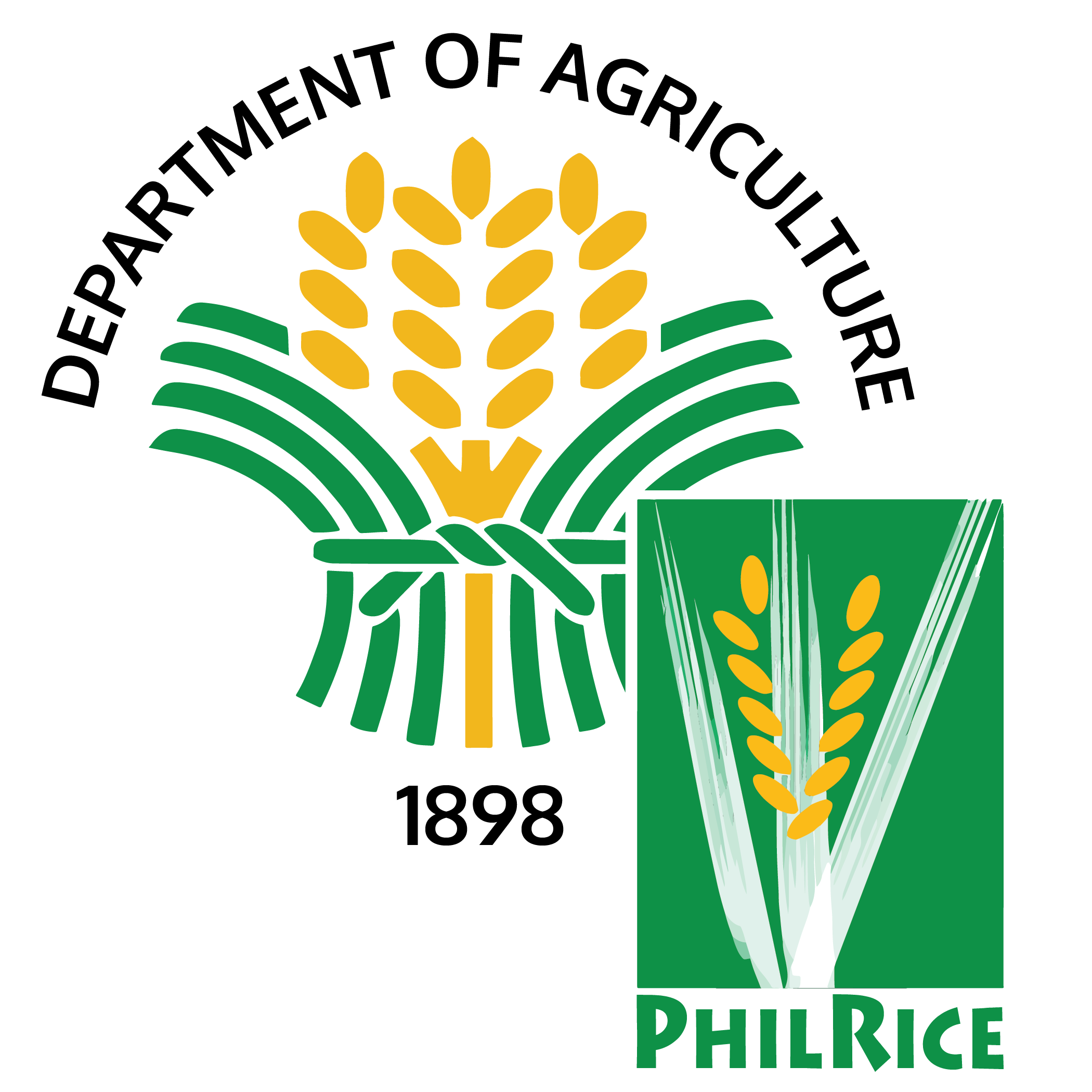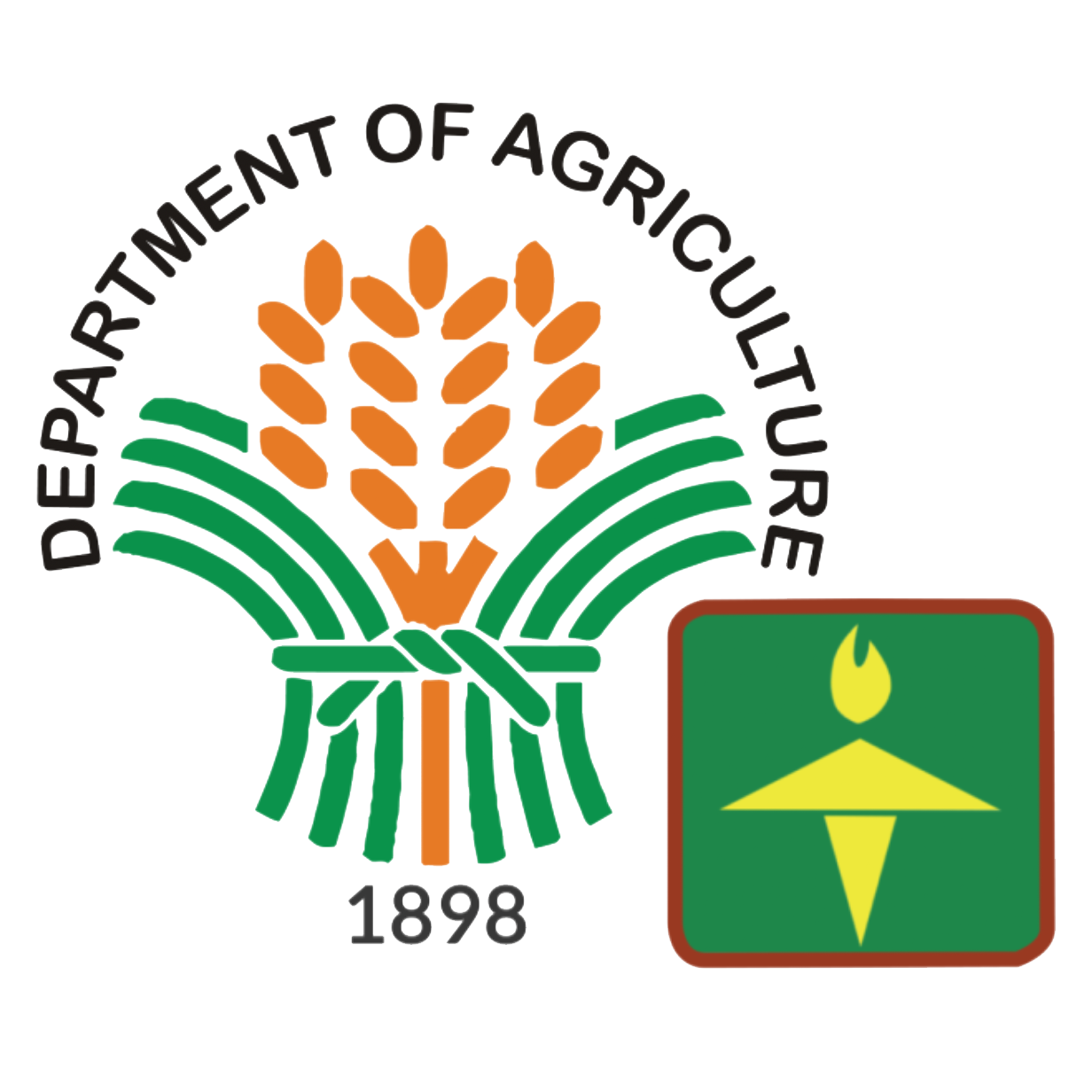 ALMOST 2 million bags of certified rice seeds, including varieties that could limit the impact of the El Niño weather pattern, have been distributed under the country’s Rice Competitiveness Enhancement Fund (RCEF) Seed Program.
ALMOST 2 million bags of certified rice seeds, including varieties that could limit the impact of the El Niño weather pattern, have been distributed under the country’s Rice Competitiveness Enhancement Fund (RCEF) Seed Program.
The Philippine Rice Research Institute (PhilRice) said that the early maturing varieties distributed can be harvested before the drought associated with the weather pattern intensifies.
“Early maturing varieties have better probability of ‘escaping’ the drought that the El Niño may cause at the last quarter of the year,” said Flordeliza Bordey, director of the RCEF Program Management Office at PhilRice.
The NSIC Rc 480 or the GSR (Green Super Rice) 8 variety given to farmers has a maturity period of 107 days and yields an average of 3.2 to 4.4 tons per hectare (t/ha) in a rainfed ecosystem, PhilRice said.
The variety also has an intermediate reaction to blast, green and brown plant hoppers, and stem borers that can destroy rice at any stage of the plant from seedling to maturity.
Seeds of the NSIC Rc 27 variety (Katihan 3) were also delivered. These work well in upland areas where the main water source is rain, and the variety has an average yield of 2.7 to 4.3 t/ha in upland conditions.
NSIC Rc 27 also matures in 107 days and has moderate resistance against white stem borer and intermediate reaction to bacterial leaf blight and sheath blight.
Other varieties with similar maturity characteristics such as NSIC Rc 222 (Tubigan 18), Rc 436 (Tubigan 47) and Rc 440 (Tubigan 39) will be given to farmers registered in the Registry System for the Basic Sectors in Agriculture.
The PhilRice El Niño task force is recommending the use of early maturing varieties as one of the key adaptation mechanisms to the weather pattern. Farmers are also being encouraged to adopt water-saving technologies, crop diversification and off-farm practices like crop insurance.
“El Niño is not new, but it seems to be occurring more often,” PhilRice task force member Elmer Alosnos said. “Let’s help our stakeholders identify and choose adaptation strategies that are better suited to their local context.”
The US National Oceanic and Atmospheric Administration (NOAA) earlier this month announced that El Niño conditions were present and expected to intensify.
“Depending on its strength, El Niño can cause a range of impacts, such as increasing the risk of heavy rainfall and droughts in certain locations around the world,” said Michelle L’Heureux, climate scientist at the Climate Prediction Center.
The NOAA said that there was an 84 percent chance of greater than a moderate strength El Niño and a 56 percent chance that it would be considered strong. (Janine Alexis Miguel, The Manila Times)











